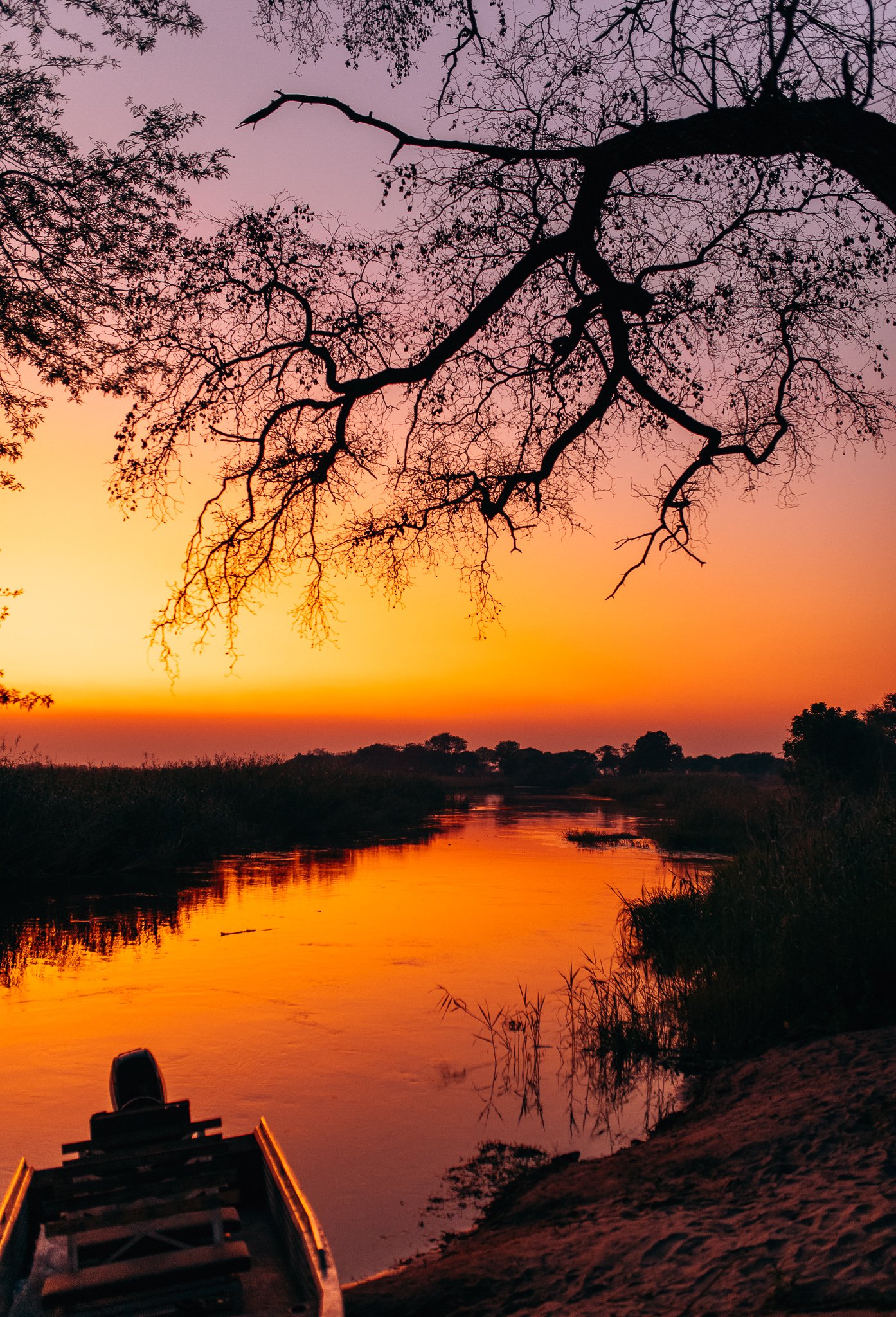
Our story
Building on lessons from the past and looking confidently into the future.
Rising from years of war, conflict and social disruption
Angola is a vast country (1,246,700 km2) endowed with an unusual diversity of landscapes, soils, climates, and ecoregions, which in turn host rich biodiversity, ranging from the moist forests of the Congo basin in the North to the woodlands of Namibia and Zambia to East and South and the Namib desert in the south. It is one of the most biodiverse countries in Africa, with over 6,500 species recorded.
Angola's devastating and prolonged civil war, which lasted for 27 years, resulted in the displacement of thousands of people, poor infrastructural development, lack of access to social services, and the illegal killing of wildlife. This is particularly true in Cuando Cubango Province, located in the Southeastern part of Angola. This province saw many military confrontations, resulting in a significant reduction in wildlife numbers and marginalization of its communities. ACADIR was established during this civil war as a locally-led organisation that could help steward nature and environmental management while supporting community development in Cuando-Cubando province.
“Looking back at what ACADIR has achieved since it was founded in 2001, we can see the progress we have made thanks to our persistence to move forward.”
— José Neto, President, ACADIR
Our work is creating a sustainable future for people and nature
Habitat loss and resource overexploitation remain key challenges to Angolan biodiversity, and Angolan livelihoods depend heavily on natural resources. Some of these poorest areas, with difficult access to social services and markets, are also often the areas with the highest potential for community-based conservation.
This region where we work - Cuando-Cubando - is also a key landscape in the Kavango–Zambezi Transfrontier Conservation Area (KAZA TFCA), the world's largest terrestrial transboundary conservation area. KAZA is home to the largest contiguous population of African elephants on earth, along with a wealth of other wildlife and spectacular ecosystems, including the Okavango Delta and Victoria Falls. With unrivalled knowledge of the region, we have spent the last two decades helping people engage in community-based conservation efforts that improve their livelihoods and protect and restore nature. Despite significant challenges, we have successfully introduced conservation agriculture techniques and improved local fisheries management, wildlife monitoring, and river basin management. We continue to be inspired by the people and landscapes we work for, and are excited for the next chapter in ACADIR’s story.





